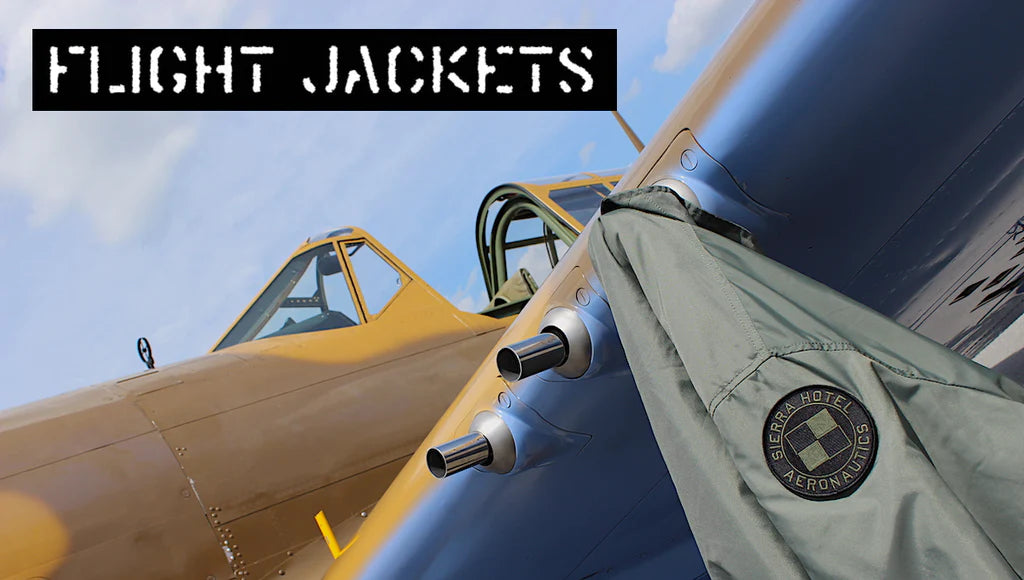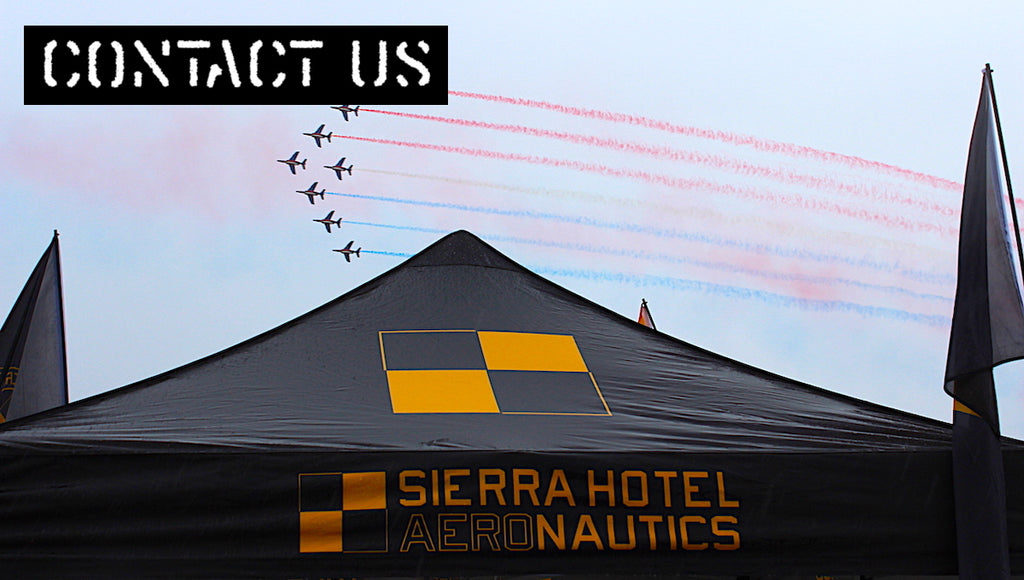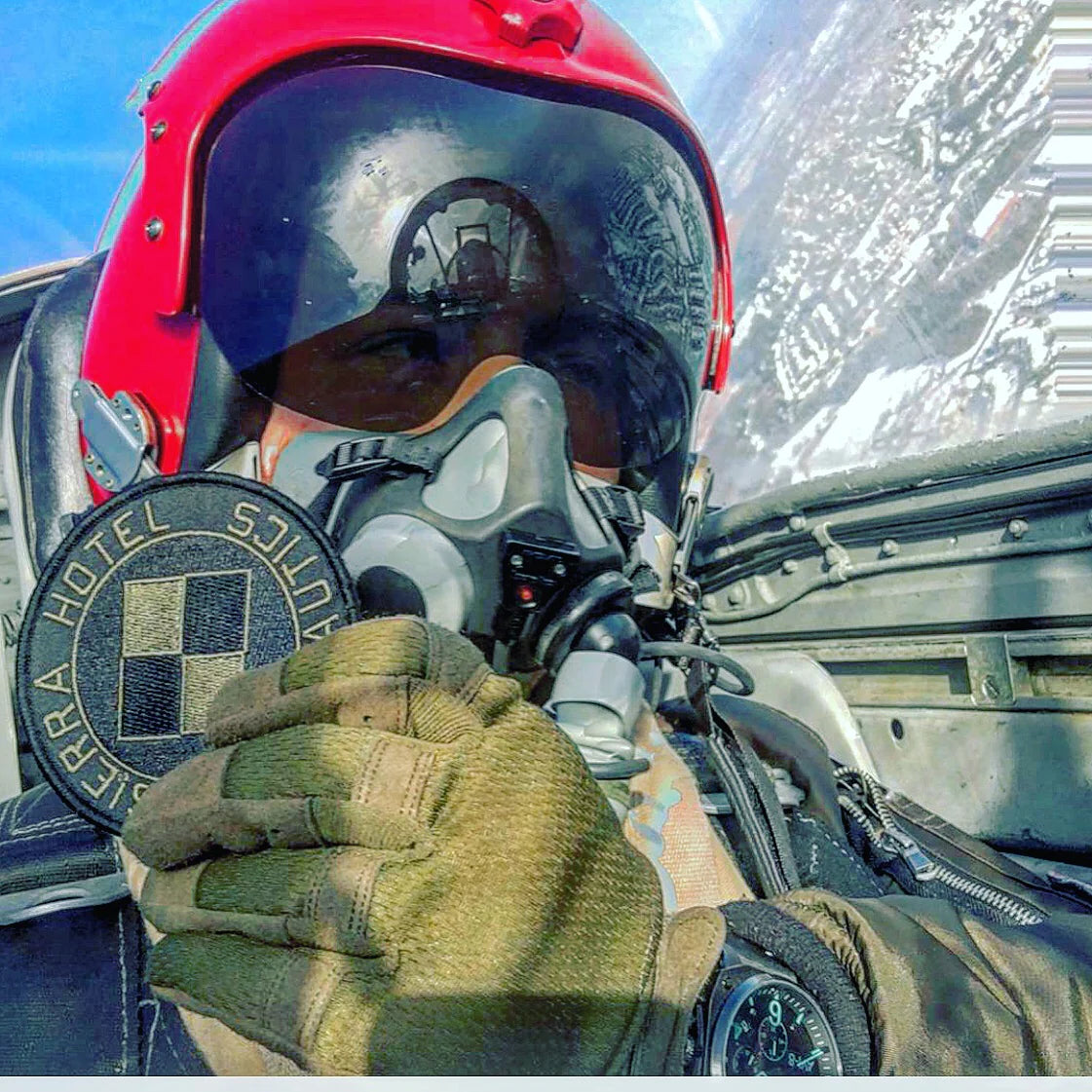Yeager's NF-104 Crash




Passing through 70,000 feet in altitude and climbing over twice the speed of sound, Yeager was advised by ground control that his climb profile was a little shallow. To correct, Yeager applied the reaction control system to get back on the climb profile. Neither the RCS nor the flight controls would respond to Yeager's inputs…and the Starfighter, now on a ballistic path, entered a violent spin.

As the Starfighter tumbled towards the surface, Yeager pulled the ejection handle and left the out-of-control rocket plane as it twisted and rolled along all its axes.
The F-104 slammed into the desert floor, with Yeager landing nearby. He was still intact but unfortunately burned after his parachute deployed. Yeager had been inadvertently struck in the face by the base of his ejection seat, breaking his helmet’s visor and allowing burning residue from the rocket to enter the pure O2 environment inside his helmet. This sequence of events actually ignited a flame inside his visor, causing Yeager to suffer multiple burns to his face and hands. Moments after touching down under his canopy, a helicopter and flight surgeon arrived, and thankfully, Yeager survived to fly another day...
Although Yeager survived, the program did not, and many blamed Yeager for asking the aircraft to do things it was never meant to do that day. Amid accusations of improper checklists and aircraft procedures, contrary to Yeager's claims that the NF-104 was not fit for flight, other test pilots, like Apollo astronaut Frank Borman, directly blamed Yeager for the crash.













Like many civilians, we were always on the edge, not of space, but of our seats listening or reading the details about these real adventures. In the course of my life however, I met and spoke with Yeager and Aldrin (separate occasions). Too bad kids won’t have the opportunity to meet their "Super Heroes " from comic books.
Like many civilians, we were always on the edge, not of space, but of our seats listening or reading the details about these real adventures. In the course of my life however, I met and spoke with Yeager and Aldrin (separate occasions). Too bad kids won’t have the opportunity to meet their "Super Heroes " from comic books.
I cannot verify this, but I have heard that a better fit for the test pilot work that Yeager was assigned to would have been Bob Hoover (a better pilot). But Bob had done one too many ‘sporty passes’ within view of his CO, and passing him over was a way of dishing out a little retribution.
how about a helium balloon to max altitude and then a rocket to space? a one way unmanned thing. to get to space cheap. . no need for human. and no need to come back. .
I worked on the other two NF-104s, and the project kept going.
Yeager was good at dogfighting, but not for the rocket age, where some actions are counterintuitive. His reactions were too crude for the new age.
Leave a comment